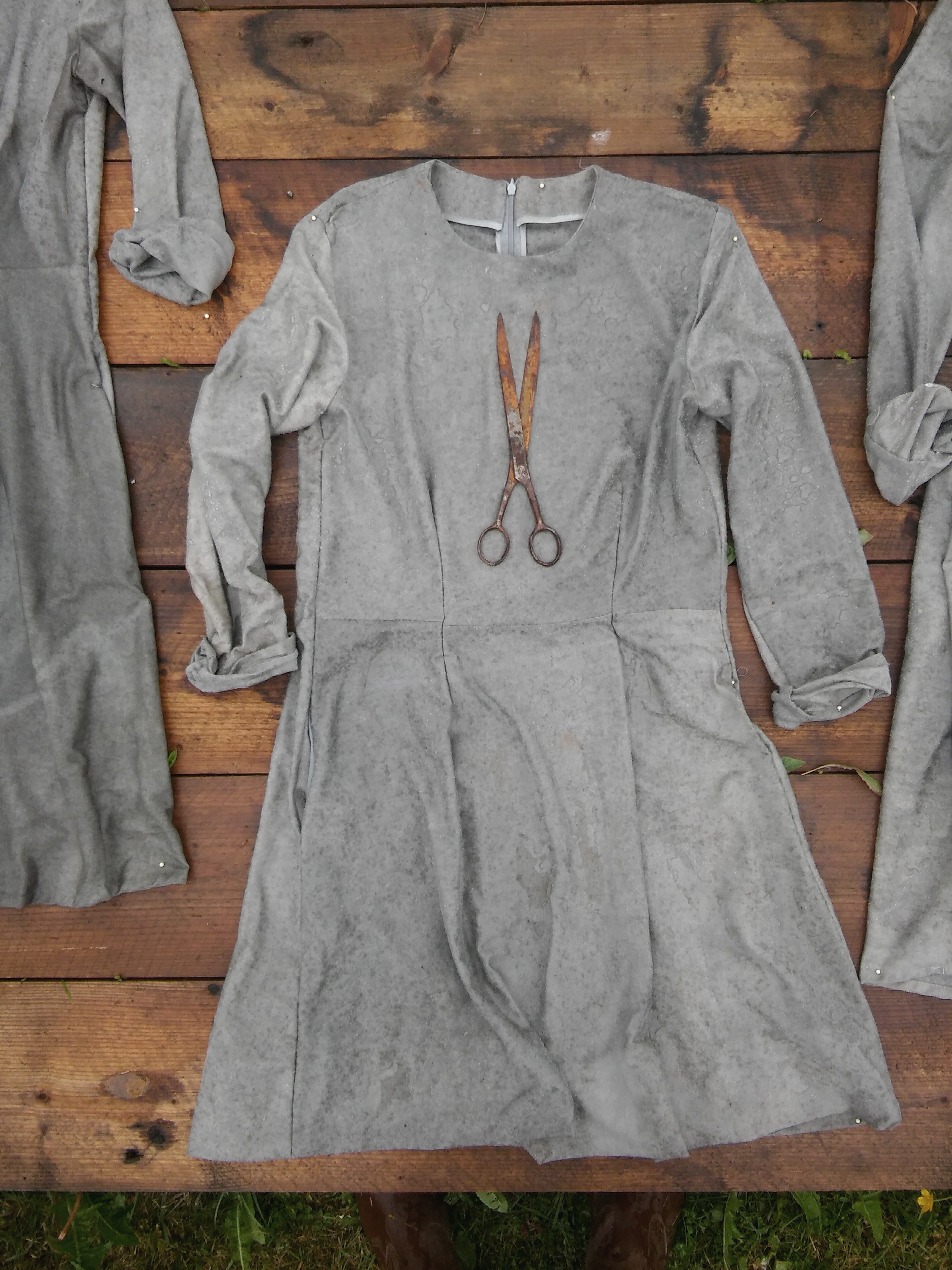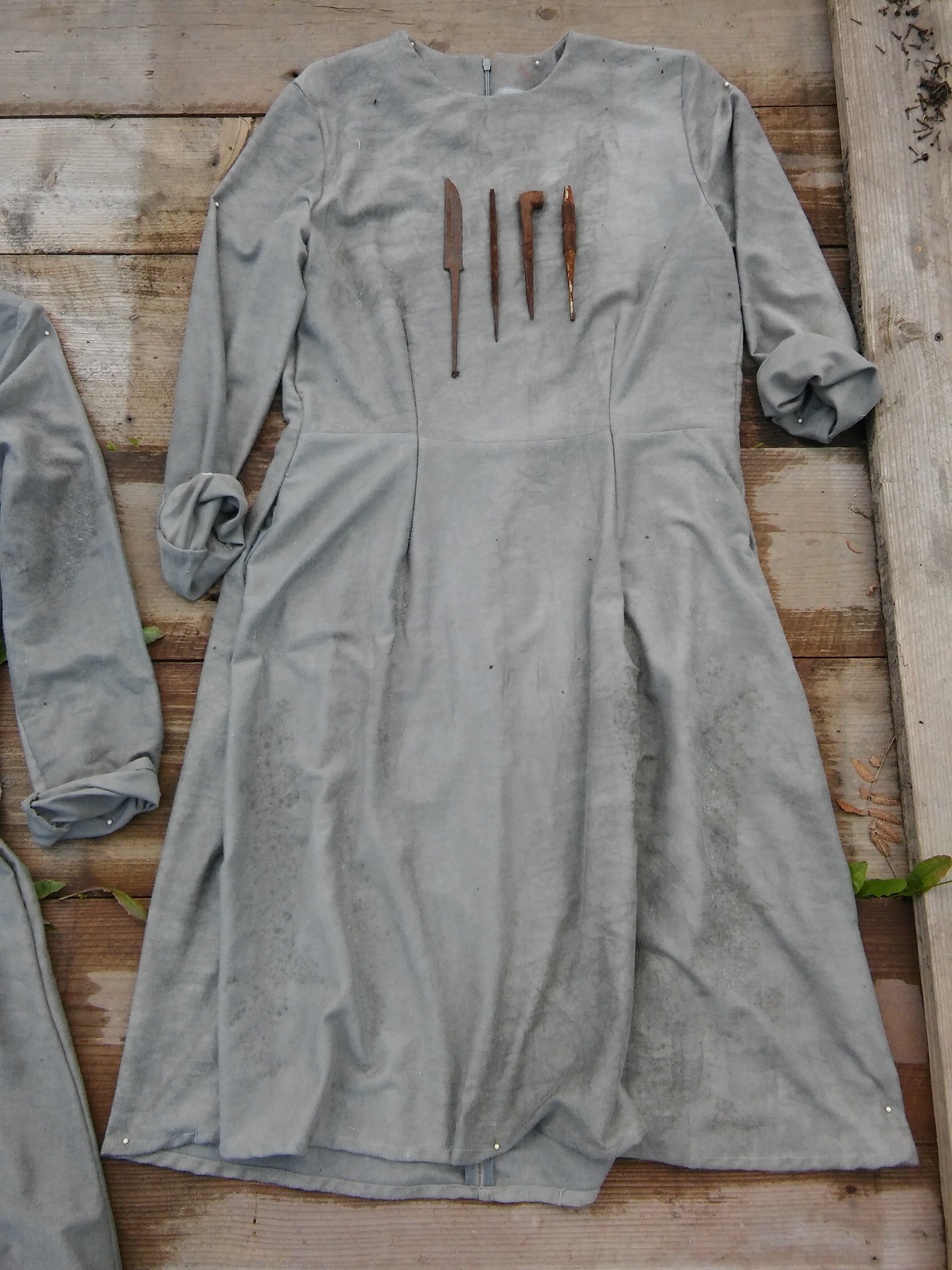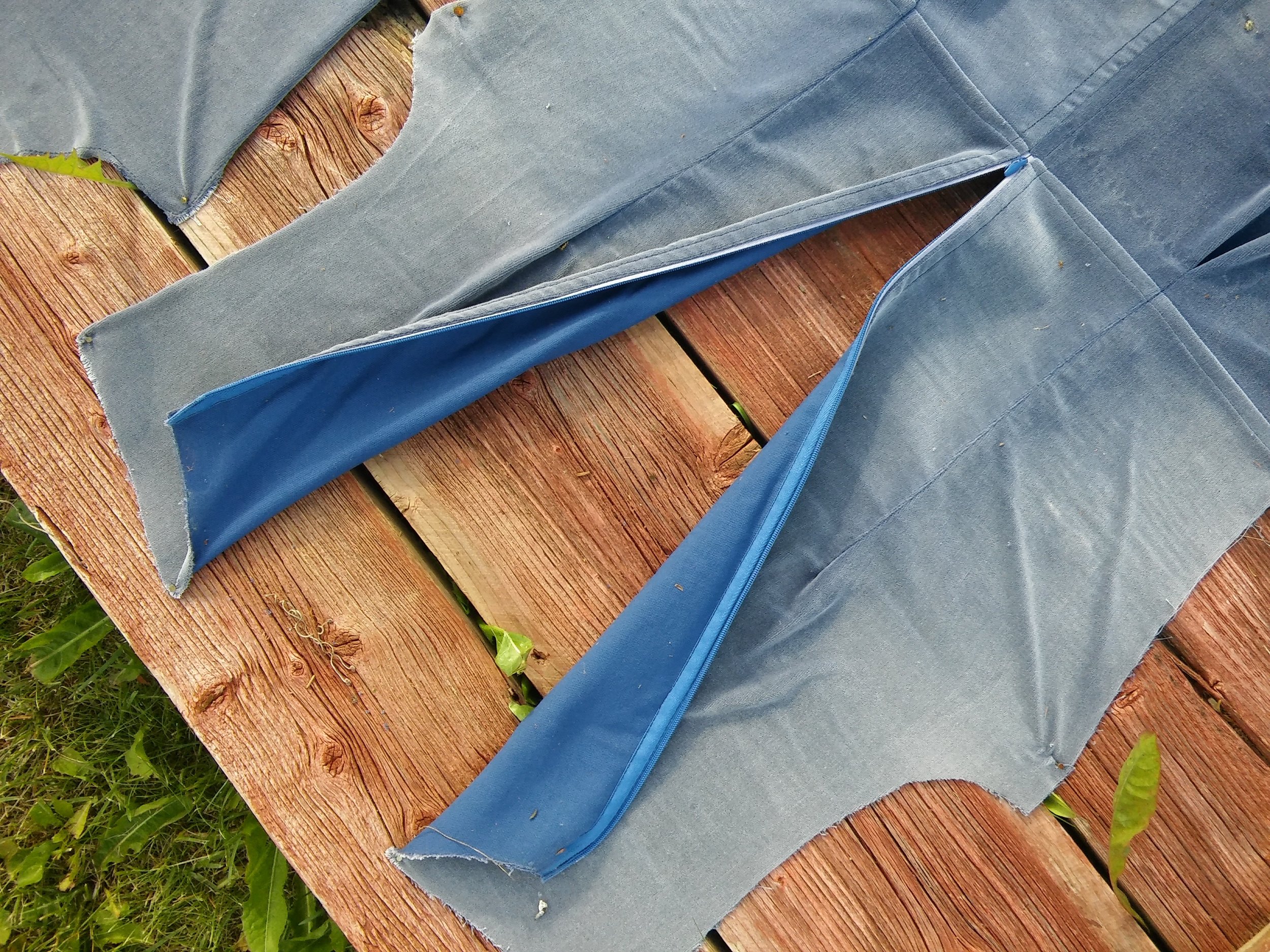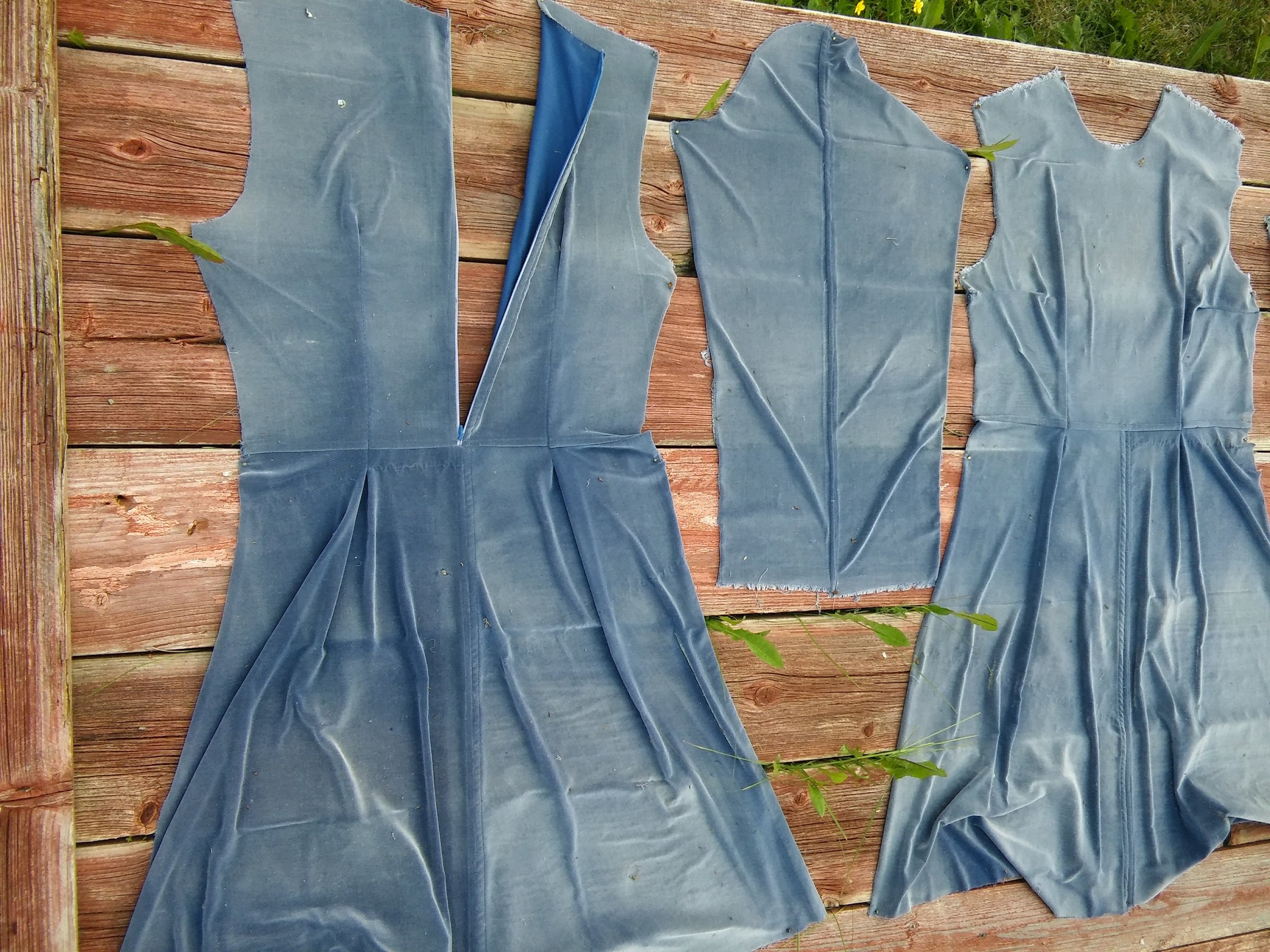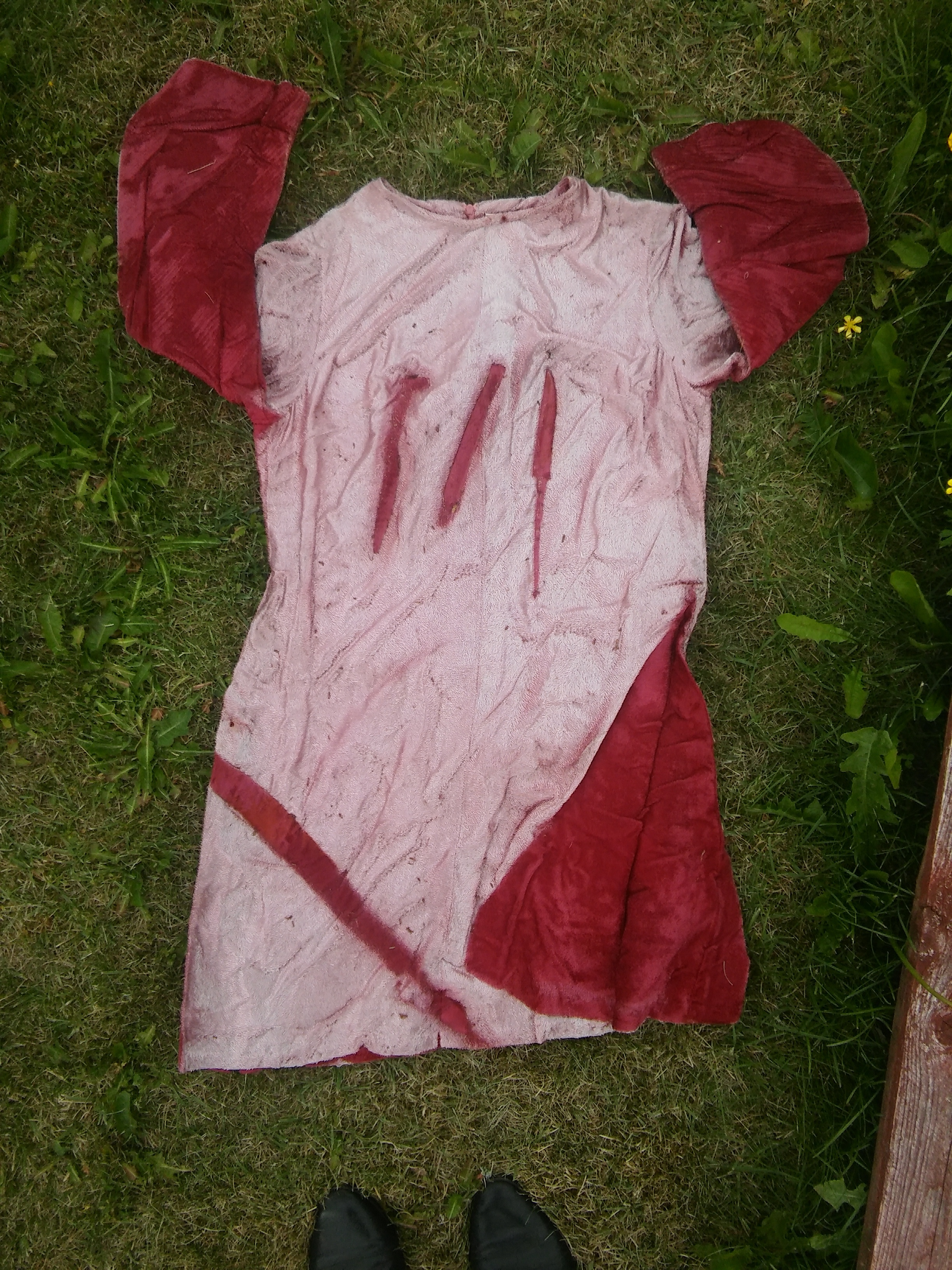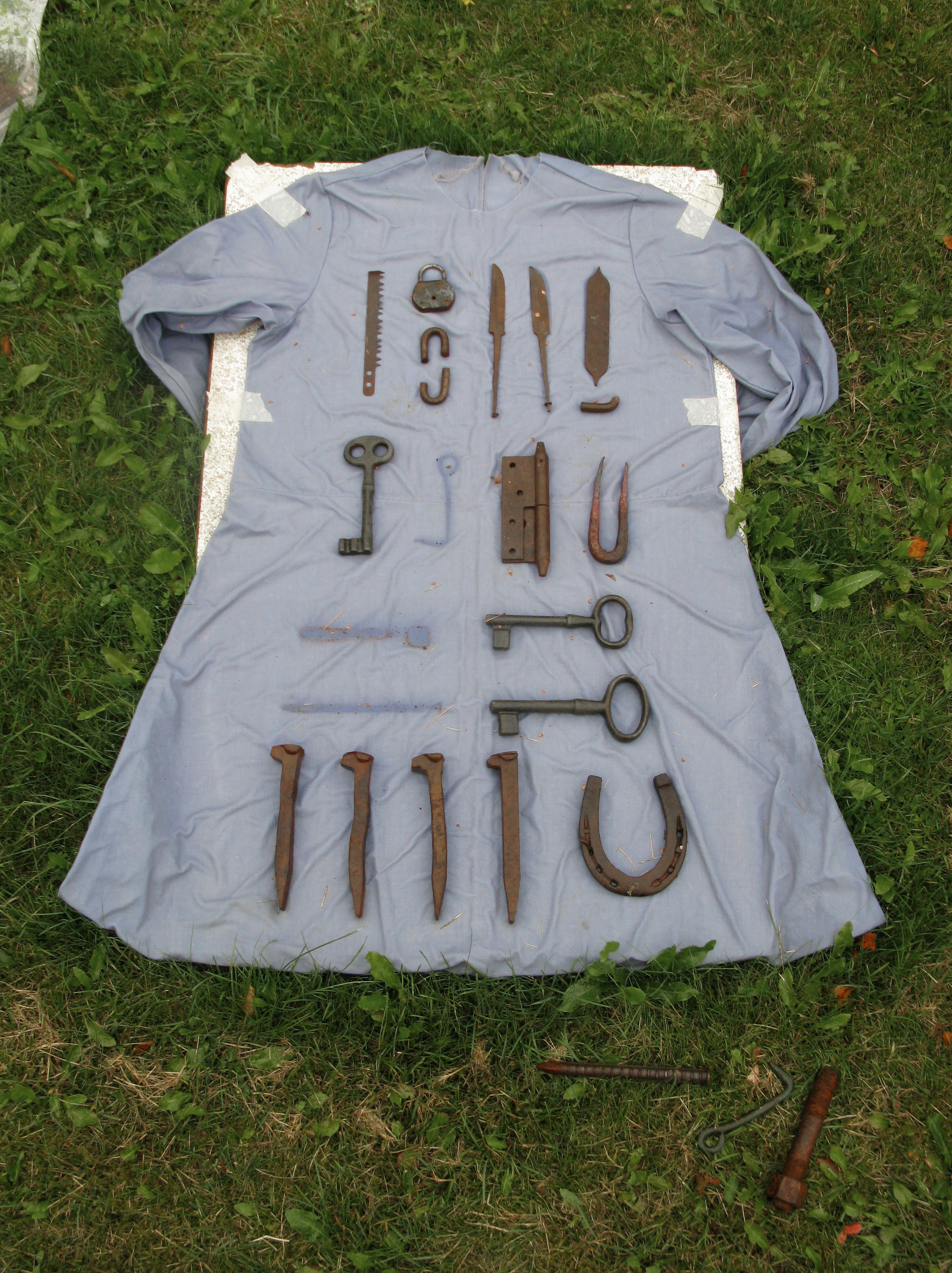PYHÄVAATTEITA (Sunday Clothes)
During my mother's childhood, it was common to have a small, special wardrobe of Sunday clothes (Pyhävaatteita in Finnish). Gradually, after wearing them out, Sunday clothes became ordinary, everyday clothes. This process through which garments go from being sacred to mundane beautifully represents the long lifecycle of garments. Nowadays we don’t wear Sunday clothes anymore; however, we should still try to see that same practical dignity in all of our garments.
Appreciation
Before the 1970's, when mass-produced garments came to dominate the market, clothes were typically handmade. In that time, garments, their materiality, and the people who made them were highly appreciated. Clothing was commonly made at home or by a seamstress who travelled from house to house. Back then, getting new clothing was a rare, time-consuming, and special occasion. Since fabrics were expensive, every inch was used carefully.
It was common that children's dresses and skirts had a large allowance at the hem, so when the wearer grew, the hem was let down to be longer. This usually left awkward fading marks to the hem. Mending and modifying clothes was usual.
I'm very touched by the old way of consuming clothes and the certain importance that garments once had. For most people, this kind of appreciation doesn't exist anymore. The clothes are the same, but the way we wear them is not.
Time & Value
The lifecycle of garments has become extremely short. Today, most clothes aren’t worn long enough time to get any visible marks of usage before we buy new ones. In my design work, however, my aim is to visualize time in clothes.
Could those awkward fading marks be intrinsic part of a dress instead of being embarrassing? Could time consuming making processes add value to clothing?
In Pyhävaatteita I use sunlight to make patterns on the fabrics. With this method, I seek to materialized the passage of time – at once ever-changing and stable – and in doing so, adding depth to the manufacturing process. I hope this depth is also manifested in the wearer’s perception of the clothing.
The clothing and the textiles spend several weeks outside. During that time, the sunlight fades the colours on the areas that are exposed, forming patterns on and about the surface. I'm working in southern Finland where it takes about four weeks to get visible results on the fabrics. The Finnish summer might not be warm, but it is always light. For my working process, there's enough sunlight from May to September. This limited time makes the process of making all the more significant and all the more precious.
The fabrics lay on ground outdoors without any covering. There are many unpredictable factors, like rain, wind, and occasional creatures, that all influence to the outcome. Once, strong winds almost blew twenty t-shirts away.
Involving nature, as uncontrollable as it is, in the process makes this work more interesting to me. I can design the process and try to achieve certain end results, but the accidence is always present. This guarantees that all of the pieces will be unique.
Pyhävaatteita clothing has strong and visible signs of usage. They are designed to be worn and to be worn out. The next step would therefore be that they'll get the real marks of the usage that will add new layers to their stories. I hope that the rough but emotive appearance of Pyhävaatteita might encourage people to wear them for a long time. The usage will actualise their real value and enable a long lifespan.
Visible marks of usage shouldn't be seen as a negative thing. Conversely, the wearing should increase the symbolic and emotional value of clothing, even as the material value degrades. Through usage, perhaps, I think that clothing might enable the transmission of emotions and forge narratives about people's lives.
Image Credits
Image 1, The Everyday Dress Triptych (2017); Photo Elina Laitinen, 2017
Image 2, The Everyday Dress Triptych (2017); Photo Elina Laitinen, 2017
Image 3, Making of the Celebration Dress(2017); Photos Elina Laitinen, 2017
Image 4, Making of the Celebration Dress(2017); Photos Elina Laitinen, 2017
Image 5, Dress Experiments; Photo Elina Laitinen, 2017
Image 6, Making of the Everyday Dress (2016); Photo Elina Laitinen, 2015
Image 7, T-shirt, photo Elina Laitinen, 2016 PHOTO 6 The Arrangement, photo Elina Laitinen, 2017
Image 8, Dress Experiments; Photo Elina Laitinen, 2017
Image 9, The Celebration Dress(2016), photo Elina Laitinen, 201

